Death Of The Breaststroke Pullout? Innovators Challenging Status Quo
Death Of The Breaststroke Pullout? Innovators Challenging Status Quo
An analysis of the breaststroke pullout becoming obsolete in swimming.

At the 1956 Olympic Games in Melbourne, Australia, Japan's Masaru Furukawa dove into the water for the men's 200m breaststroke and didn't resurface until he reached the opposite wall, 50 meters away from the starting blocks.
Furukawa, the world-record holder in the event at the time, swam almost the entire second and third lengths of the race underwater as well, his stroke a series of what we now call underwater pullouts. He finally surfaced for good about halfway through the final 50 meters. The innovative technique won Furukawa the gold medal by a full two seconds in a new Olympic record time of 2:34.7 (times weren't recorded to the hundredth).
Other swimmers began to copy Furukawa's technique, but in response to a high number of swimmers passing out, FINA changed the rules of breaststroke to allow for only a single underwater pull and kick off the start and turns. Thus, the modern breaststroke -- and the underwater pullout as we know it -- was born.
Today, another innovator is challenging conventional breaststroke technique on the international stage: America's Molly Hannis. A 2016 Olympian who finished 16th in the 200m breaststroke in Rio, Hannis is moving the stroke in the opposite direction of Furukawa. Hannis notably did not do an underwater pullout off the last wall of the 200 breast at Olympic Trials and stormed home with the fastest last 50 in the field to take second place. At the 2016 Short Course World Championships in Windsor, Canada, Hannis competed in the 50, 100, and 200 breaststrokes and continued the strategy, only doing pullouts off her starts and the first several walls of the 200.
Mark Gangloff, a two-time U.S. Olympian in the 100 breast, now serves as an assistant coach at Missouri. He was on the coaching staff for Team USA at Short Course Worlds and said he had several conversations with Hannis about the new technique.
Gangloff said that skipping the pullout works for Hannis, because it allows her to carry more velocity into her breakout.
It's a little wrinkle, and it gives some variation for individuals trying to do race strategies differently.
"A lot of people miss out on maximum speed because they stay underwater a little too long and they lose speed through the breakout," Gangloff said.
The tactic seems to be catching on. Gangloff said he noticed a few foreign swimmers forgo pullouts at Short Course Worlds, and he expects more swimmers to try out the technique in the near future.
"I think the person that, for one reason or another, whether it's not a strong push off or not a good body line underwater, I think that person will be moving towards not doing the pullout," Gangloff said.
However, Gangloff said there is a cost to skipping the pullout. A swimmer will have to take more strokes, and thus use more energy, than his or her competitors. For that reason, Gangloff sees Hannis' technique as better suited to short course races than long course.
"A long course race is more about maintaining velocity; a short course race is more about hitting maximum velocity," Gangloff said. "Because (swimmers) have another wall relatively close to regenerate speed (in a short course race), it doesn't cost them energy-wise. So adding one or two cycles of swimming per 25 doesn't hurt them."
Gangloff said that he has toyed with the idea of instructing some of the Missouri breaststrokers to skip pullouts, but don't expect to see it this season. He felt he needed more time to implement the tactic into their training before telling them to try it out in meets. And Gangloff doesn't believe skipping pullouts is right for all breaststrokers. He said pullouts are still preferable, even in short course races, for swimmers who are good at carrying momentum through them, like Missouri's Fabian Schwingenschlogl, the defending NCAA champion in the 100 breast.
While innovation in swimming is often met with resistance, Hannis' no-pullout technique seems much less likely to result in a rules change than Furukawa's underwater stroke. In fact, Gangloff said he is excited by the new strategy options presented by skipping pullouts.
"I kind of like it," he said. "It's a little wrinkle, and it gives some variation for individuals trying to do race strategies differently."
Related Content
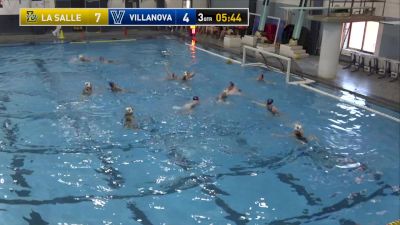 Replay: Le Salle vs Villanova - WWP - 2024 La Salle vs Villanova | Apr 7 @ 3 PM
Replay: Le Salle vs Villanova - WWP - 2024 La Salle vs Villanova | Apr 7 @ 3 PMApr 7, 2024
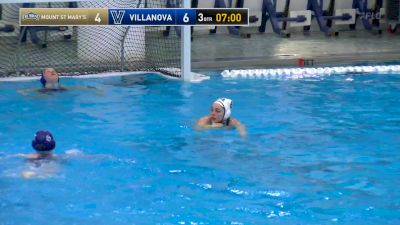 Replay: Mount St. Mary's vs Villanova - WWP - 2024 Mount St. Mary's vs Villanova | Apr 6 @ 7 PM
Replay: Mount St. Mary's vs Villanova - WWP - 2024 Mount St. Mary's vs Villanova | Apr 6 @ 7 PMApr 7, 2024
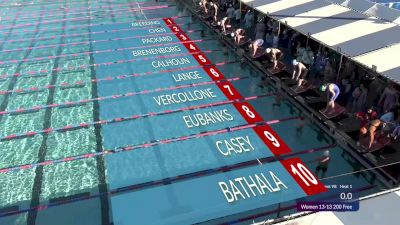 Replay: Finals - 2024 ISCA East Coast Elite Showcase | Apr 6 @ 4 PM
Replay: Finals - 2024 ISCA East Coast Elite Showcase | Apr 6 @ 4 PMApr 7, 2024
 Replay: Prelims Locker Side - 2024 ISCA East Coast Elite Showcase | Apr 6 @ 8 AM
Replay: Prelims Locker Side - 2024 ISCA East Coast Elite Showcase | Apr 6 @ 8 AMApr 6, 2024
 Replay: VMI vs Villanova - WWP - 2024 VMI vs Villanova | Apr 6 @ 11 AM
Replay: VMI vs Villanova - WWP - 2024 VMI vs Villanova | Apr 6 @ 11 AMApr 6, 2024
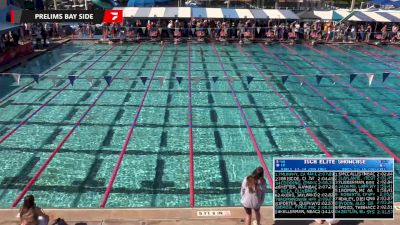 Replay: Prelims Bay Side - 2024 ISCA East Coast Elite Showcase | Apr 6 @ 9 AM
Replay: Prelims Bay Side - 2024 ISCA East Coast Elite Showcase | Apr 6 @ 9 AMApr 6, 2024
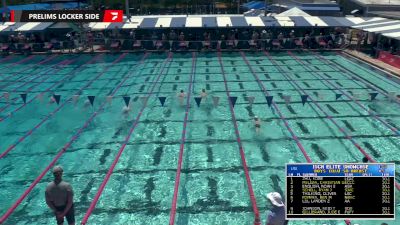 Replay: Prelims Locker Side - 2024 ISCA East Coast Elite Showcase | Apr 5 @ 8 AM
Replay: Prelims Locker Side - 2024 ISCA East Coast Elite Showcase | Apr 5 @ 8 AMApr 6, 2024
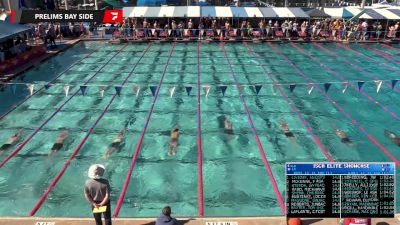 Replay: Prelims Bay Side - 2024 ISCA East Coast Elite Showcase | Apr 5 @ 8 AM
Replay: Prelims Bay Side - 2024 ISCA East Coast Elite Showcase | Apr 5 @ 8 AMApr 5, 2024
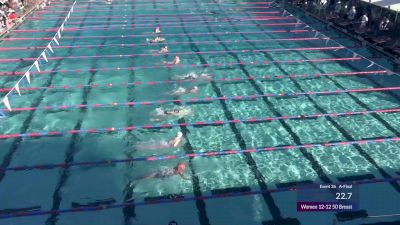 Replay: Finals - 2024 ISCA East Coast Elite Showcase | Apr 4 @ 4 PM
Replay: Finals - 2024 ISCA East Coast Elite Showcase | Apr 4 @ 4 PMApr 5, 2024